Megatheriidae, Eremotherium (Pliocene to Pleistocene Epoch, Cenozoic Era, Florida, USA)
- Ryo
- Oct 28, 2024
- 2 min read

This is a fossil of the claw core of Eremotherium, a giant ground sloth species from the Megatheriidae family that could reach up to 6 meters in length. It is one of the rarest fossils in our store, and there are very few places in Japan where you can see a real Eremotherium fossil. (Please let us know if you know of any places besides our store! 🙏)
This fossil has a substantial, museum-grade presence, and it comes with a custom-made steel stand specifically designed for this piece. This fossil represents the tip of the finger, and it is believed that 2-3 times larger claws would have extended above it, giving a sense of the enormous size of this creature.

Eremotherium was widely distributed across North America (especially Florida) and South America.
Although it primarily walked on all fours, it is believed that it could stand on its hind legs and use its forelimbs to pull down leaves and branches from tall trees.
It was mainly herbivorous, feeding on the leaves, branches, and fruits of trees and herbaceous plants. Given its enormous size, it likely had to eat continuously throughout the day to sustain itself.
Megatherium sp.

Genus: Eremotherium
Era: Pliocene to Pleistocene Epoch, Cenozoic Era (about 5 million to 1 million years ago)
Origin: Florida, USA
Price: Available in-store (with original stand)
Pliocene to Pleistocene Epoch (Cenozoic Era)
The Pliocene (about 5.3 million to 2.58 million years ago) to Pleistocene Epoch (about 2.58 million to 11,700 years ago) was a period of active climate change and evolution on Earth. During the Pliocene, the Earth's climate cooled, and glaciers began to expand. This led to the spread of grasslands, causing herbivores and predators to diversify. The Pleistocene saw alternating glacial and interglacial periods, and large mammals such as mammoths and saber-toothed tigers evolved, although many species became extinct. This was also the time when modern humans (Homo sapiens) emerged and began to develop culture.
Follow us
Instagram: https://www.instagram.com/kaseki_jp/


